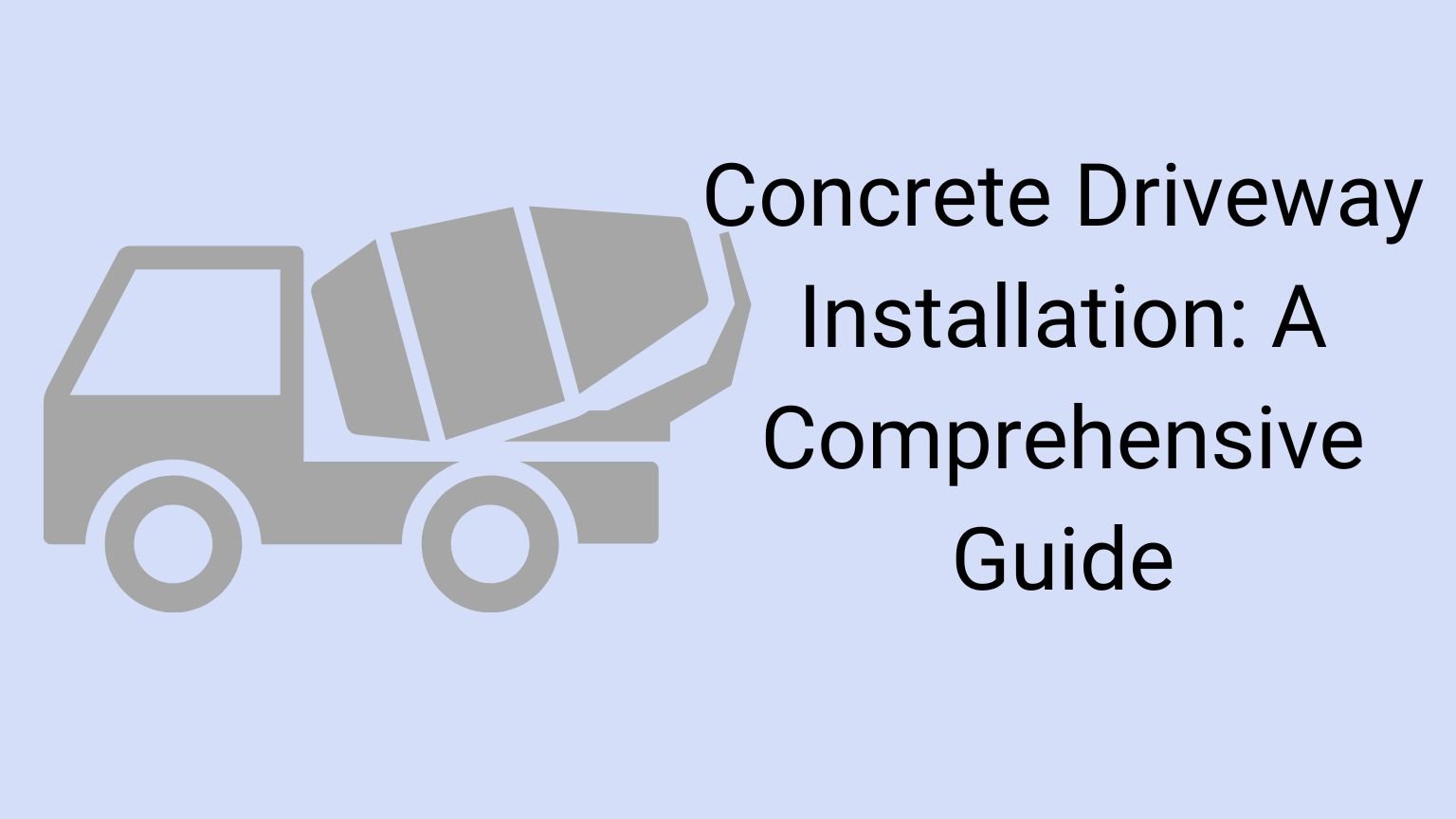Table of Contents
A concrete driveway installation is a durable and attractive option for many homeowners looking to enhance their property’s curb appeal and functionality. Whether you’re replacing an old driveway or installing a new one, understanding the process and considerations involved can help ensure a successful project. Here’s a comprehensive guide to concrete driveway installation.
Why Choose a Concrete Driveway?
Concrete driveways offer several advantages.
- Durability: Concrete is known for its longevity and can withstand heavy loads and harsh weather conditions.
- Low Maintenance: With proper care, concrete driveways require minimal upkeep compared to other materials.
- Aesthetic Appeal: Concrete can be customized with various finishes, colors, and patterns to complement your home’s design.
- Cost-Effective: While the initial cost may be higher than some alternatives, the long-term savings on maintenance and replacement make concrete a cost-effective choice.
Planning Your Concrete Driveway
Before starting the installation, careful planning is essential.
- Design and Layout: Decide on the shape, size, and location of your driveway. Consider factors like vehicle access, drainage, and aesthetics.
- Permits and Regulations: Check with your local authorities to determine if you need any permits or if there are specific regulations to follow.
- Budget: Establish a budget for the project, including materials, labor, and any additional features like decorative finishes.
Preparing the Site
Proper site preparation is crucial for a durable and long-lasting driveway.
- Clearing and Excavation: Remove any existing driveway material, grass, or debris. Excavate the area to the required depth, typically around 8-12 inches.
- Subgrade Preparation: Ensure the subgrade is stable and well-compacted. This provides a solid foundation and helps prevent settling and cracking.
- Base Material: Add a layer of gravel or crushed stone to improve drainage and further stabilize the subgrade. Compact this layer thoroughly.
Forming and Reinforcement
Forming and reinforcement ensure the concrete holds its shape and strength.
- Forms: Install wooden or metal forms around the perimeter of the driveway to contain the concrete and create clean edges.
- Reinforcement: Use rebar or wire mesh to reinforce the concrete, increasing its strength and reducing the risk of cracks.
Pouring and Finishing the Concrete
Once the site is prepared, the concrete can be poured.
- Mixing and Pouring: Mix the concrete according to the specifications and pour it into the forms. Use shovels and rakes to distribute the concrete evenly.
- Leveling and Smoothing: Use a screed board to level the concrete surface. Follow with a bull float to smooth it out and remove any imperfections.
- Control Joints: Cut control joints into the concrete to allow for expansion and contraction, reducing the risk of cracks.
- Finishing Touches: Apply any desired finishes, such as brooming for a textured surface or stamping for decorative patterns.
Curing and Sealing
Proper curing is essential for the concrete to achieve its full strength.
- Curing: Keep the concrete moist for at least a week by covering it with plastic sheeting or using a curing compound. This prevents rapid drying and cracking.
- Sealing: After the concrete has cured, apply a sealant to protect it from stains, weather, and wear.
Maintenance Tips
To extend the life of your concrete driveway:
- Clean Regularly: Sweep away debris and hose down the surface to remove dirt and stains.
- Seal Periodically: Reapply a concrete sealant every few years to maintain protection.
- Avoid Deicing Chemicals: Use sand instead of harsh deicing chemicals, which can damage the concrete.

